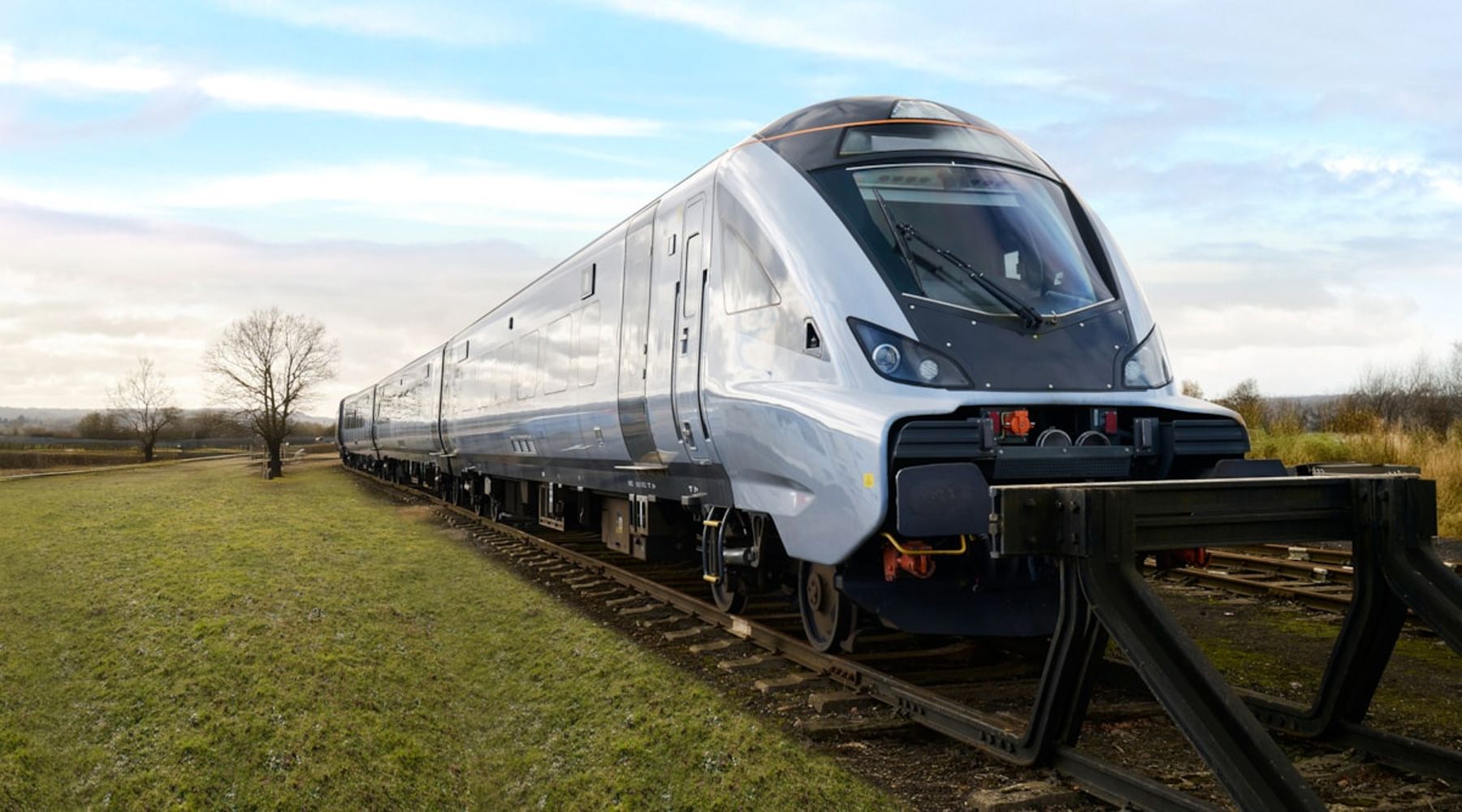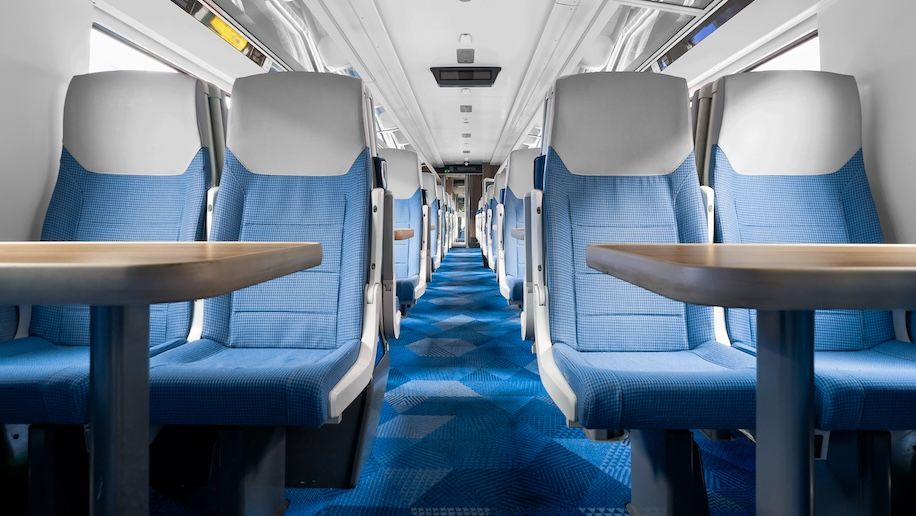First off, I confess I have skin in the game here as I use the Chiltern line all the time, not least between my farmhouse in the Cotswolds and the flat in Soho, but that confession made, let’s start with a bit of history. Under the old British Railways the trains ran once every couple of hours from Banbury and Bicester to London and it was single track for most of the way. There was even a plan for the line out of Marylebone was to close it and replace it with a coachway. So much for the good old days of state ownership.
Then under the visionary leadership of the late, great Adrian Shooter a franchise was established, the route double tracked and extended to Birmingham with excellent new trains. I could get any one of four trains an hour and the quickest made it London in 43 minutes rather than 2 hours. Then Chiltern became a bit of a pass the parcel asset among the larger frnachisees and while the ambition was still sometimes there, the execution went awry. For example, expanding to Oxford was great, but without a commensurate increase in rolling sock it has come at the price of massive overcrowding on trains with few carriages and frequent breakdowns as the existing rolling stock has clearly been worked too hard.

So it is great news that the delivery of 13 modern trains (Mark 5As), which will replace the operator’s oldest carriages (Mark 3s) and enter service on a phased basis from early next year. That’s good news as is that the the Mark 5A trains are fuelled by recycled vegetable oil, and feature five carriages, which should allow a major increase in capacity. For those travelling to locations such as Oxford, Stratford-upon-Avon and Aylesbury, Chiltern Railways says that the new trains “will free up our existing trains (Class 168 and Class 165) for our other routes. This will result in customers seeing longer trains, which are also being refurbished with improved customer facilities over the next 18 months”.
New features across all carriages will include plug sockets and USB ports at every seat, free “enhanced wifi”, fold-down seat-back tables with extendable sections for larger devices, and air con “that reacts to outdoor temperatures”. Additionally the new trains will feature spacious luggage racks in every carriage, bike storage for up to six bikes, dedicated accessible areas including fully accessible toilets, and digital customer information screens overhead and at the end of each carriage.

More controversially, Chiltern Railways plans to launch first class carriages on its new trains in spring 2026, though only on the route from London Marylebone to West Midlands. The reintroduction of first class will be made possible by including one first class carriage in each train, with the first class carriages offering more spacious seats and “improved connectivity”.
During the phased introduction of the new trains, seats in first class will be offered solely as an on-the-day upgrade from onboard staff. Once all the trains have been rolled out, which is expected in December 2026, customers will then be able to purchase a ticket in advance.
It was always one of the more admirable aims of Chiltern to make first class redundant by having every carriage and seat good enough to feel like first class, whereas this feels a bit like the pricing-for-capacity wheeze which has rendered our long distance rail routes almost unaffordable unless booked well in advance. We’ll see, but I cannot help but feel that it is the wrong move.
Chiltern Railways, which is part of the Arriva Group, added that it is working closely with the Department for Transport (DfT) to add more services from December 2026 “to help meet rising demand”.

